All about Kew’s Millennium Seed Bank!
Head behind the scenes at an epic plant research centre…
Grab your lab coat – we’re heading on an epic plant-saving mission!
In the Millennium Seed Bank at Wakehurst, Kew’s wild botanic garden in Sussex, scientists are working hard to save the world’s plants from extinction.
Read on to learn about their awesome experiments, cool adventures and more…
Welcome to the Millennium Seed Bank
“You’re about to enter the most biodiverse place on the planet,” announces Sharon Balding, the Seed Collections Manager at the Millennium Seed Bank (MSB). This hi-tech underground research facility is the world’s largest wild seed bank.
“Inside there are over 39,000 different species of seeds from more than 10 countries,” Sharon says. “That’s over 2.8 BILLION seeds!”
She turns a key and the heavy vault door swings open…
Super secure
Encased in half a metre of concrete, the MSB vaults are protected from floods, blasts and radiation, and guarded for 24 hours a day.
Just like a regular bank, a seed bank is a safe place to save for the future. But this special vault contains seeds, not money!
A whopping 90% of the UK’s native plant species are stored at the Millennium Seed Bank.
While it’s super-safe for seeds, the vault isn’t so safe for humans. It’s kept so dry that scientists can only work here for half a day, and must come out regularly to drink water. Gulp!
Deep-freeze!
We can feel the chill as we walk around the central workspace, where scientists are peering into microscopes. But the seed stores surrounding this main room are much, much colder.
“The deep-freeze chambers are kept at -20°C, so going inside could be deadly!” warns Sharon.
Peering through the glass, we can see row upon row of sealed glass jars. We notice they’re labelled with numbers, not plant names.
“That’s another security feature,” Sharon explains. “It means if the seeds were stolen, the thief wouldn’t know what they were!”
So is the collection worth a lot of money? “It’s invaluable,” says Sharon. “Our future survival depends on these seeds – without them, vital resources like food and medicines could be lost to us.” Whoa!
Thanks to the MSB’s special conditions, some seeds can stay viable (able to grow) for hundreds of years.
We need seeds, now!
“People often think that the vault is for a distant, doomsday scenario,” says seed scientist Owen Blake. “But many of the seeds here are already urgently needed to restore degraded habitat!”
When bushfires in Australia destroyed a rare herb‘s major habitat in early 2020, the MSB was able to send 250 seeds back to the country to help the plant reestablish in the wild again. Yay!
A warming world
Sadly, two out of five plant species are threatened with extinction. And as the world heats up due to climate change, it will be more difficult for native plants to survive.
“One day it may be too warm for some of the UK’s tree species to grow,” says Owen, who’s part of the UK Tree Seed Collecting Team. “So part of our mission is to find and study trees from other parts of the world that will be able to thrive in the UK’s warming environment.”
It’s reassuring to know that these scientists are hard at work solving our planet’s problems!
Save plants, save animals!
Saving plants also helps the rare creatures that rely on them.
This endangered wormwood moonshiner beetle likes to live on the equally-endangered field wormwood plant. So scientists used seeds from the MSB to help increase the beetle’s habitat, as part of a project with Buglife. Cool!
Meet the seed detectives
MSB scientists are on a mission to collect the world’s most precious seeds, protect plants from extinction and even see how seeds get on in outer space! Three experts tell us about their vital work…
Dr Aisyah Faruk, seed detective for Europe and Oceania
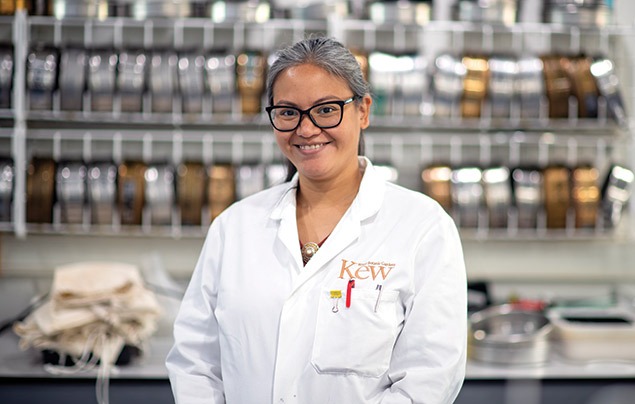
“Collecting seeds can be dangerous work! In Australia we sometimes have to wear hazmat suits because of the toxic plants we work with – and during a visit to the Caucasus region, my team had to take a 12-hour detour because of snipers on a disputed border between Armenia and Azerbaijan. It was worth it when we collected seeds from a threatened tree!”
Michael Way, seed detective for the Americas
“I once ran a conifer seed collecting mission to the West Pacific Coast with eight professional tree climbers. It took them 1.5 hours to climb each of these 30m-tall trees! At night, we slept under the stars with bear spray under our pillows. I was there to advise members of the U.S. Forest Service on seed collecting methods for Kew’s Global Seed Bank Project.”
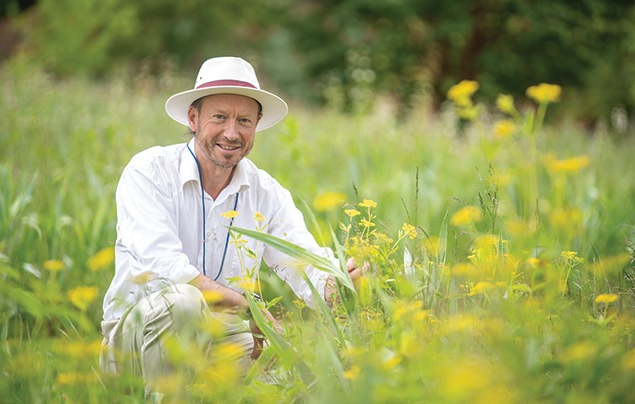
Dr Anne Visscher, seed scientist
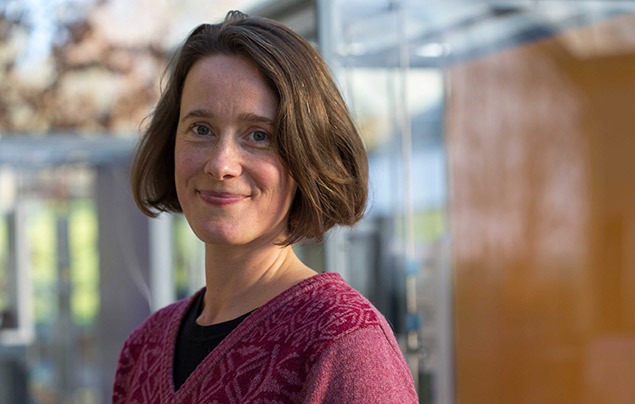
“The seeds my team and I study will be send up to the International Space Station! We’re trying to work out if being exposed to the radiation and extremes of temperature in space will affect their ability to germinate. Once they get back, we’ll monitor how they have been affected. One day, these studies could help humans survive on faraway planets!
Visit Wakehurst, Kew’s wild botanic garden in Sussex, from 19 October to 3 November, to take part in your very own seed-seeking adventure – and take home an exclusive badge. Pre-booking is essential.
Check it out!
Drone shot © Visual Air / RBG Kew; Spiral staircase © Jim Holden / RBG Kew; Bushfire regrowth © Adobe Stock; Owen Blake © M Jeffery / RBG Kew; Wormwood moonshiner © John Walters; Aisyah and Michael © Jeff Eden / RBG Kew. All others © RBG Kew.
More Like Nature
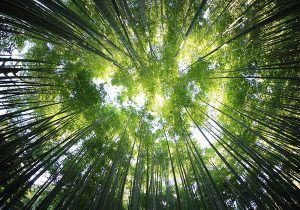
10 ways to love the planet back (a parent special!)
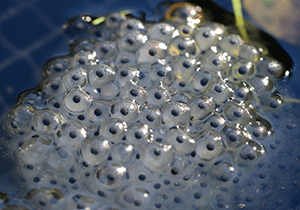
The Frog Life Cycle!

Five Top Conservation Tips!
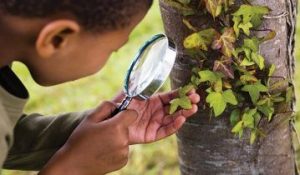




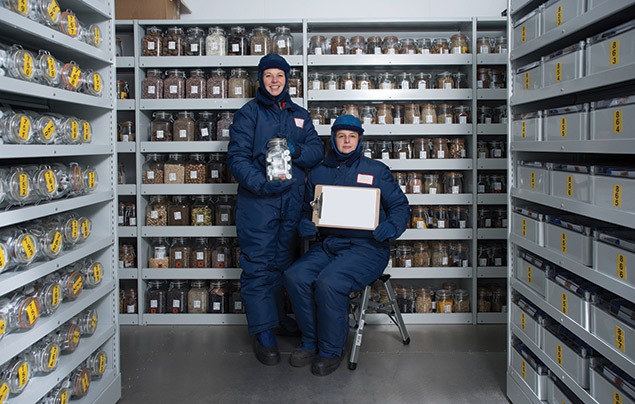
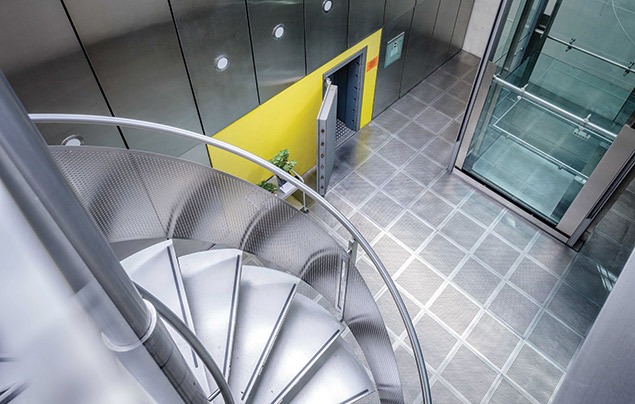
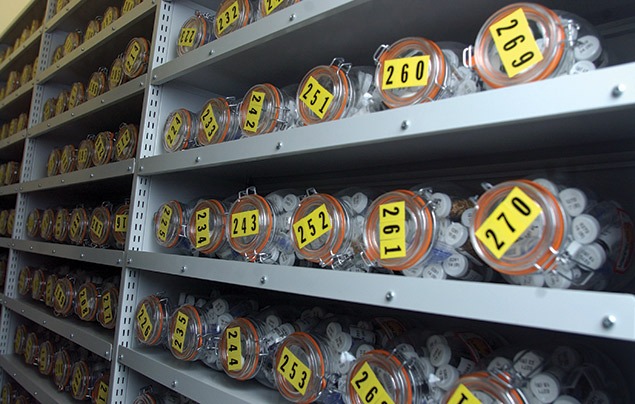


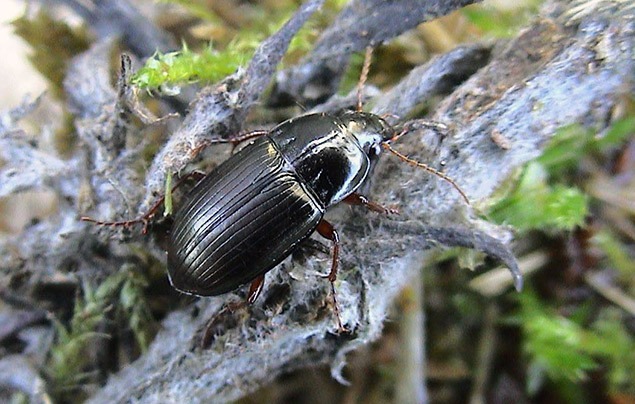




LEAVE A COMMENT
THANK YOU
Your comment will be checked and approved shortly.
WELL DONE,
YOUR COMMENT
HAS BEEN ADDED!
COMMENTS
This is a very good and interesting article
I have heard about one in the artic from a program I have watched on TV. I find seeds really interesting. would LOVE to visit
I love seeds
I want go to there and see!
this is a very interesting article,I never knew that there was such things as a Seed Garden!!!
I heard there one in Antartica. We learnt about it in school. It´s a vvvvvvvvveeeeerrrrrrrryyyyy clever idea. I would looooooooooovvvvveee to work in a seed bank!
There aren’t many people here, but it’s a good article!
hii
hey i love this passage its really interesting
good for bob
There aren’t many people here!
Nice
Hi, what’s up
Hi!
CUSTOMIZE YOUR AVATAR